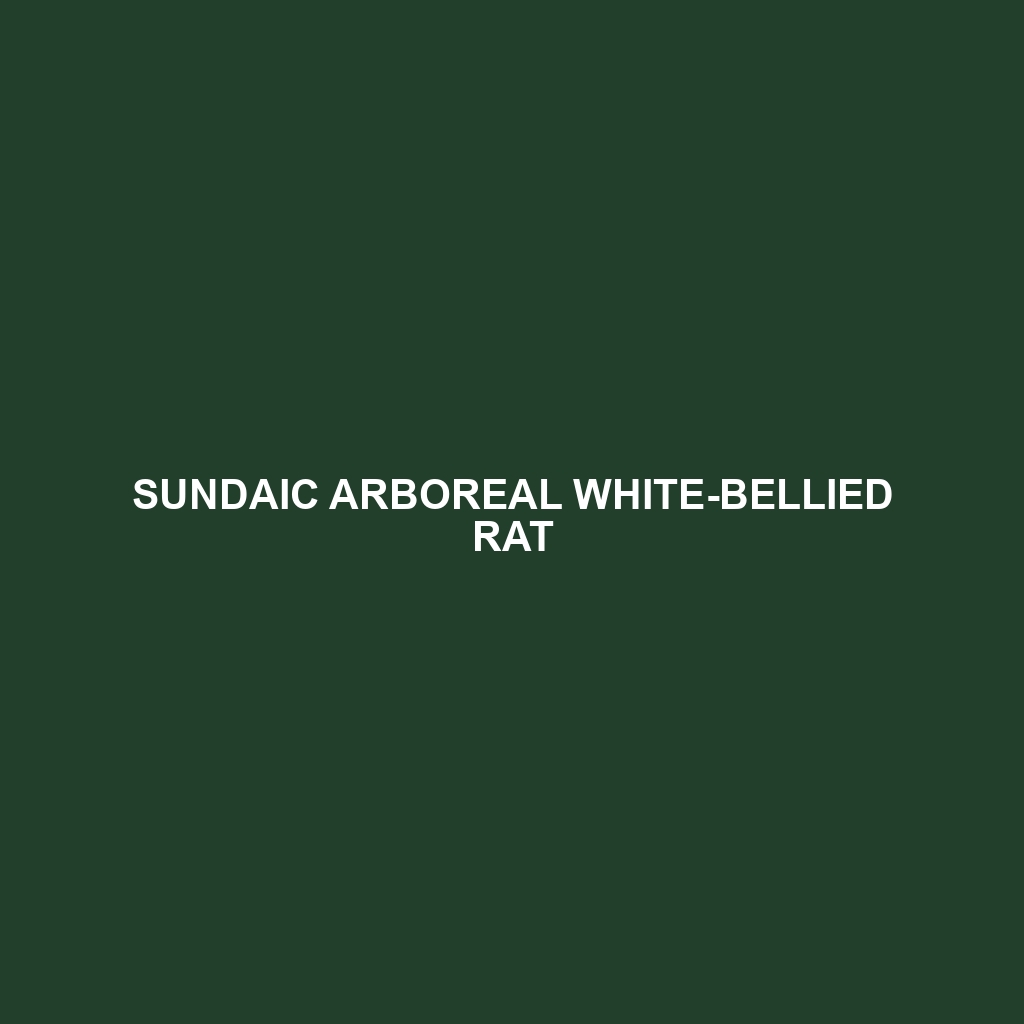Malayan Pygmy Shrew Overview
Common Name: Malayan Pygmy Shrew
Scientific Name: Suncus malayanus
Habitat
Malayan Pygmy Shrew is primarily found in tropical and subtropical regions of Southeast Asia. Their habitat ranges across countries including Malaysia, Indonesia, and parts of Thailand. These shrews prefer dense undergrowth in forests, grasslands, and areas with ample leaf litter, which provide both cover and hunting grounds. They thrive in regions with high humidity and rich biodiversity.
Physical Characteristics
The Malayan Pygmy Shrew is one of the smallest mammals in the world, measuring approximately 7 to 10 centimeters in length excluding its tail, which can add an additional 5 to 8 centimeters. Weighing just around 1.5 to 2 grams, it features a slender body covered in a soft, dark brown fur, somewhat velvety in appearance. Its long pointed snout and tiny eyes are distinctive, as is its sharp, highly mobile tongue, which aids in foraging.
Behavior
This shrew is known for its high metabolic rate and rapid movements. The Malayan Pygmy Shrew is predominantly nocturnal, using its keen sense of smell to hunt insects and other invertebrates during the night. Often observed foraging in leaf litter and undergrowth, they can exhibit a range of behaviors, including a unique way of communicating through ultrasonic vocalizations. Their territorial nature leads to aggressive interactions with other individuals, especially during the breeding season.
Diet
The diet of the Malayan Pygmy Shrew consists mainly of insects, spiders, and other small invertebrates. They are insectivorous, utilizing their acute sense of hearing to detect prey hidden in foliage or under the ground. Their feeding habits contribute significantly to controlling insect populations, making them an important ally in their ecosystems.
Reproduction
Breeding typically occurs twice a year, often peaking during the rainy seasons when food is plentiful. Female Malayan Pygmy Shrews can give birth to litters of up to five young. The gestation period lasts approximately three weeks, and the young are born blind and hairless, relying entirely on their mother for survival in the early weeks of life.
Conservation Status
The Malayan Pygmy Shrew is currently classified as *Least Concern* by the IUCN Red List, but habitat loss and deforestation continue to pose potential threats to its populations. Conservation efforts focusing on habitat preservation are essential to ensure the ongoing survival of this species in their natural environments.
Interesting Facts
– The Malayan Pygmy Shrew has a short lifespan, typically living only 1 to 2 years in the wild.
– Despite their small size, they are incredibly agile and capable of moving swiftly through dense underbrush.
Role in Ecosystem
In the ecosystem, the Malayan Pygmy Shrew plays a crucial role as both predator and prey. By maintaining pest populations, they contribute to the ecological balance. They serve as a food source for a variety of larger predators, including birds of prey and mammals. Their existence supports biodiversity in their habitat, reinforcing the intricate web of life that characterizes tropical ecosystems.
